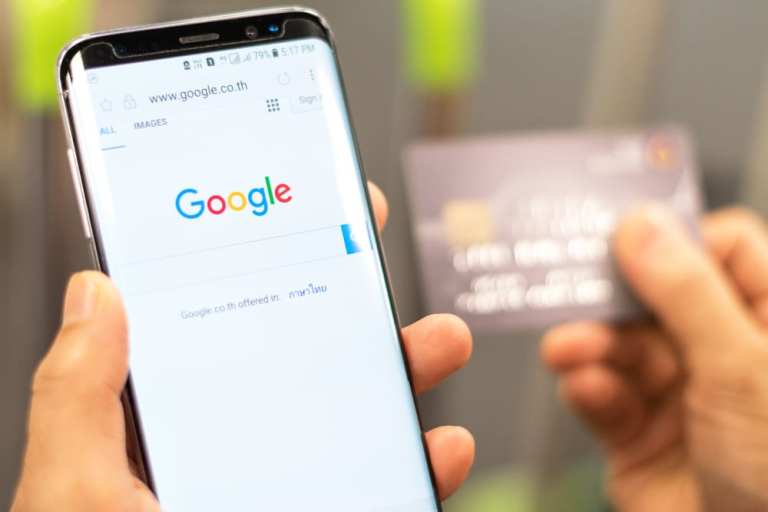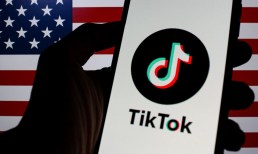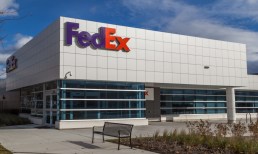The new experience is designed to make shopping both easier and more accessible, with an eye toward enabling consumers to more seamlessly find, research and compare goods. And, of course, the aim is to make it easier to buy those goods, how they want, where they want.
“When they’re ready to buy, they can choose to purchase online, in a nearby store and now directly on Google,” the post noted of the expanded contextual commerce play. “For retailers and brands, it brings together ads, local and transactions in one place to help them connect with consumers at the right time.”
The newly designed shopping page will offer a personalized homepage within the Shopping tab that will allow consumers to filter what types of goods and services they are shown. They can choose to filter by brands or specific features, or they can read reviews or watch video content on certain products.
To make the commerce activity obvious to consumers, Google’s new shopping experience will include the insertion of a little blue shopping cart logo to “show shoppers they can seamlessly purchase what they want with simple returns and customer support, backed by a Google guarantee,” the company noted.
For Shopping Actions merchants, their products will automatically be included as part of the new purchasing experience on Google Shopping, Google.com and the Google Assistant, which are now up and running.
Advertisement: Scroll to Continue
Shopping Actions will expand to YouTube and Google Image later this year, as Showcase Shopping ads come to both Google properties. Designed as a “swipeable and visual experience,” Showcase Shopping ads are, according to Google, highly visual and focused on highlighting “rich lifestyle imagery.”
“On average, we see about 80 percent of traffic from Showcase Shopping ads to retailer sites are from new visitors just discovering the brands,” Google wrote in its blog post.
Moreover, the new shopping push, which is based on consumer choice and preference, is also geared toward driving more foot traffic to merchant locations. Today, Google has two billion store offers mapped to physical store locations globally, discoverable by current local ad formats. According to in-house research, 45 percent of global shoppers currently buy online and pick up in-store, which offers a more flexible way to purchase and receive their items.
“That’s why we’re making it even easier for you to offer [the] buy online, pick up in-store service through your Shopping ads,” the post said. “Now, all you need are product landing pages on your site that show when pick up in-store is available, and a local inventory feed in Merchant Center, which indicates which items you have in stock. Additionally, you can indicate which items you can quickly ship to store for in-store pickup.”
Google also announced an update to its Smart Shopping campaigns, which will not only optimize for online conversions, but will also allow merchants to optimize for store visits and displaying local inventory information. The updates will make it easier for brands and manufacturers to work together on specific, product-focused promotions. Shopping campaigns with partners allows brands to use their own budgets to help promote priority products in retailers’ campaigns.
“The Estée Lauder Companies and one of their top retailer partners ran this type of shopping campaign to boost sales of their branded designer fragrances with that retailer – both online and in stores,” the blog post noted. “As a result, click share on Shopping ads for The Estée Lauder Companies’ fragrances at their partner retailer increased by 70 percent on Google.”
How these new upgrades will fare remains to be seen, but it’s clear that Google has watched Amazon eat into its advertising core business for some time – and it seems they’ve decided to go big on returning the favor.




